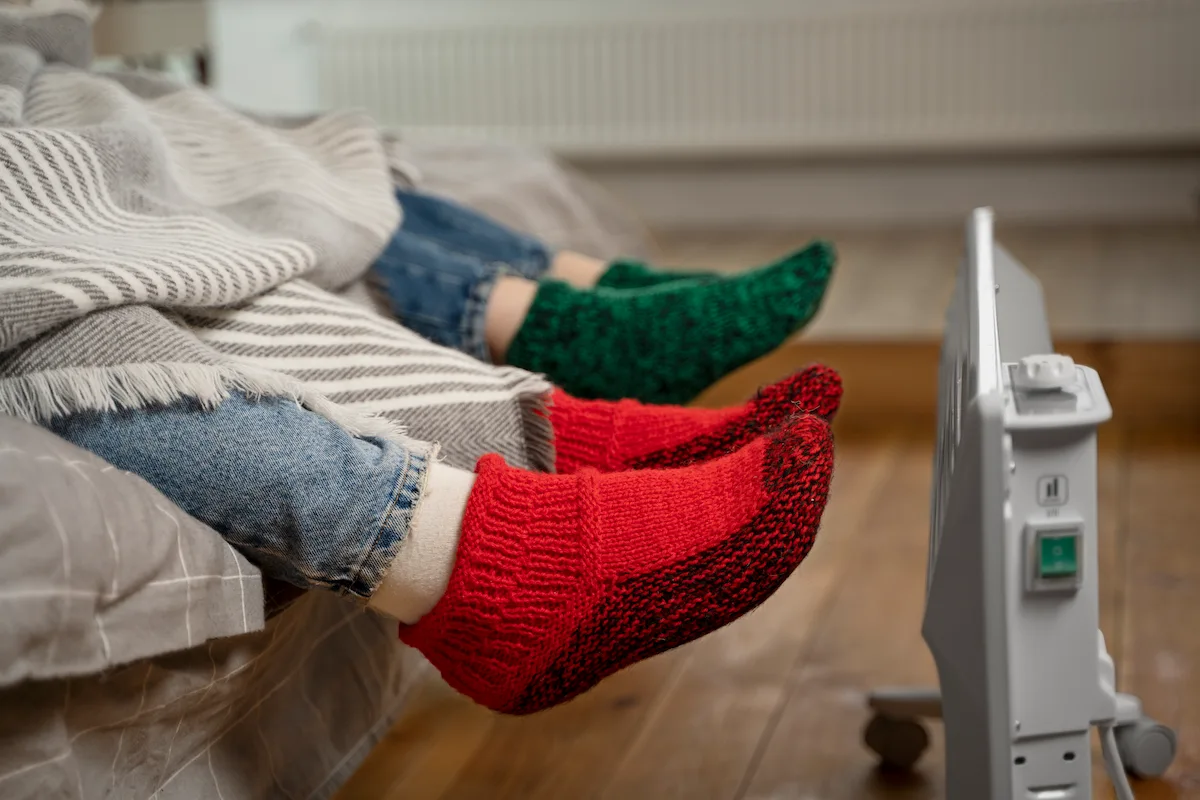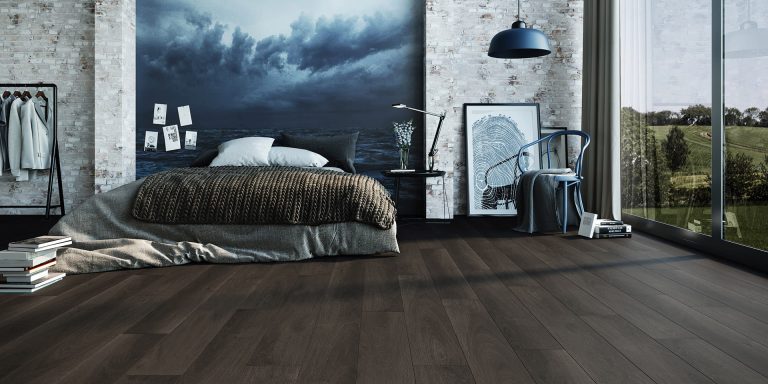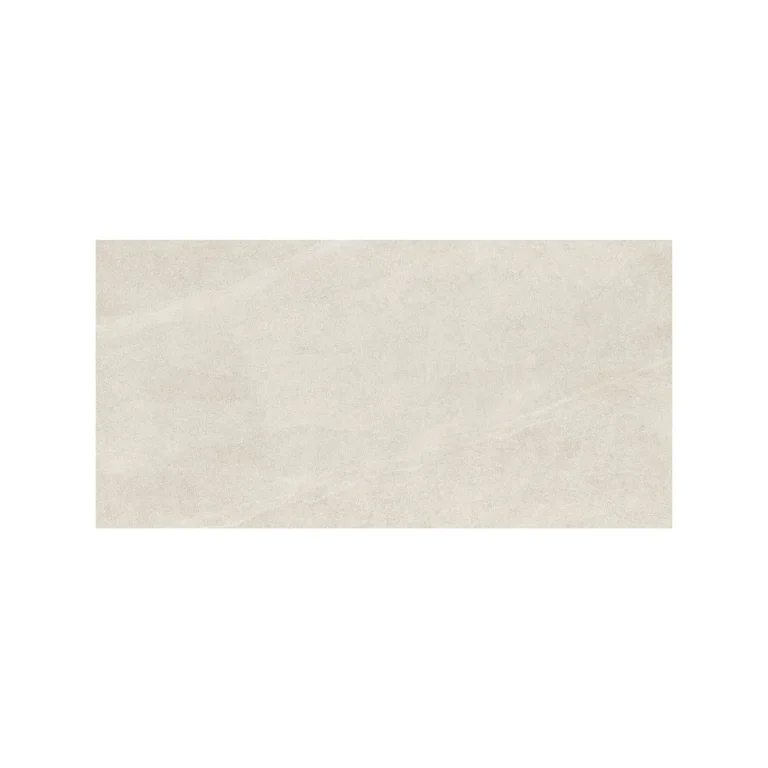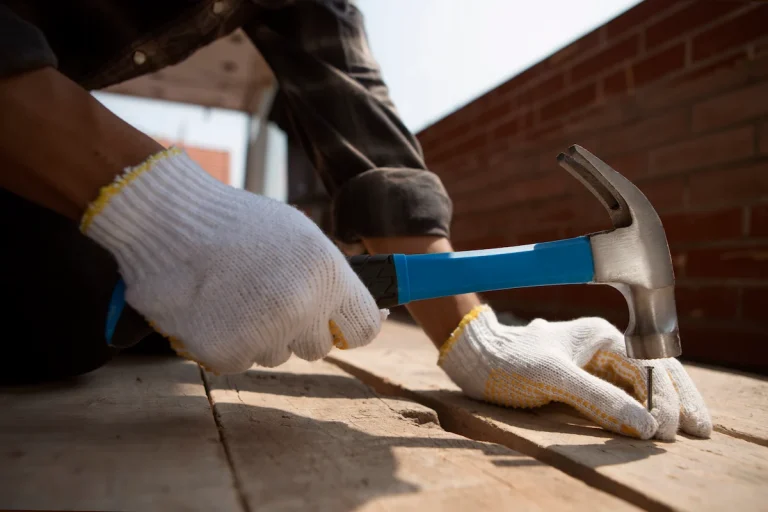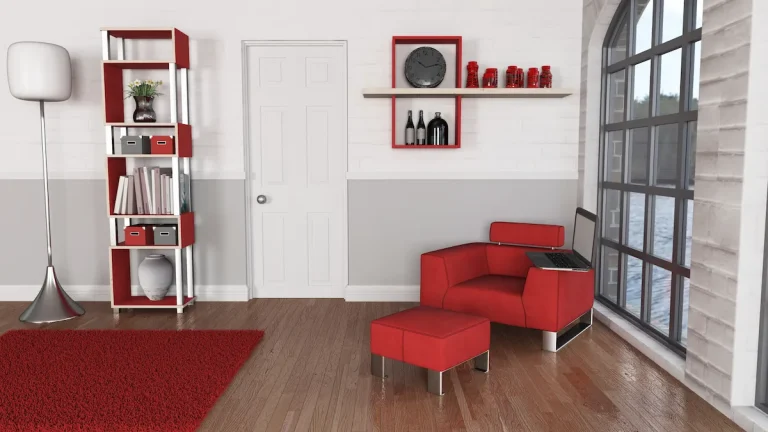Heat loss through flooring can considerably affect home comfort and energy bills. Understanding how to reduce heat loss through flooring is the first step to improving energy efficiency. This article explores insulation options, rugs, underfloor heating, and floating floors to help maintain warmth and cut costs.
How to Reduce Heat Loss Through Flooring
Properly addressing heat loss through flooring ensures a warmer, more energy-efficient home. This section outlines practical, cost-effective methods for homeowners seeking to improve comfort and cut heating costs.
1. Insulate Your Flooring
Insulating your flooring using materials like mineral wool or high-performance underlay is one of the most effective methods for how to reduce heat loss through flooring. These materials enhance thermal efficiency by preventing warm air from escaping and blocking cold air from rising.
Mineral wool excels in soundproofing and heat retention, especially in layered floors. Quality underlays offer moisture resistance and cushioning, adding to the insulation’s effectiveness. For optimal results, professional installation ensures complete coverage and maximum energy savings.
2. Use Rugs or Carpets
Adding rugs or carpets significantly contributes to how to reduce heat loss through flooring by acting as thermal barriers. Rugs made from wool, polyester, or nylon help trap warmth and prevent cold air from penetrating living spaces.
- Wool: Natural, durable, and excellent at regulating temperature.
- Polyester: Cost-effective, good insulation, wide design variety.
- Nylon: Resilient and helps retain heat in high-traffic areas.
Soft flooring not only boosts comfort but also reduces reliance on central heating, offering both environmental and financial benefits.
3. Seal Any Gaps or Cracks
Sealing gaps and cracks in the flooring structure is crucial in the effort to reduce heat loss through flooring. Draughts often form along skirting boards or floor edges, allowing cold air inside and warm air to escape.
Simple steps include:
- Inspect floor perimeters for visible gaps.
- Use a candle to detect draughts (flickering indicates airflow).
- Apply sealants, expanding foam, or weatherstripping as needed.
- Recheck after sealing to ensure effectiveness.
This low-cost yet impactful solution can significantly improve a home’s thermal performance.
4. Install Underfloor Heating
Underfloor heating is a highly efficient way to improve home comfort while reducing heat loss through flooring. These systems evenly distribute heat from below, eliminating cold spots and reducing the need for high thermostat settings.
There are two main types:
- Water-based systems: Use warm water pipes beneath the floor.
- Electric systems: Utilise heating mats or cables.
Underfloor heating offers better energy efficiency than radiators and integrates well with various flooring materials, including laminate and engineered wood.
5. Consider a Floating Floor
A floating floor system not only offers a modern aesthetic but also helps reduce heat loss through flooring by creating an insulating air gap beneath the surface. These systems don’t require nails or adhesive, simplifying installation and providing excellent thermal resistance.
- Laminate and vinyl: Known for their thermal efficiency and moisture resistance.
- Engineered wood: Offers good insulation with a premium finish.
- Sound insulation: Reduces noise as well as heat transfer.
Floating floors are especially useful in colder climates and are often chosen for their ease of installation and comfort benefits.
6. Use Thermal Mass Materials
Thermal mass materials such as concrete, brick, and stone absorb and store heat, releasing it gradually to stabilise indoor temperatures. This feature makes them highly effective in reducing heat loss through flooring over time.
- Concrete: Dense and excellent for long-term heat retention.
- Brick: Adds insulation while offering a traditional finish.
- Stone: Both stylish and efficient in maintaining warmth.
By integrating these materials into floor designs, homeowners can significantly decrease the need for heating, leading to lower bills and increased comfort.
Factors to Consider Before Reducing Heat Loss Through Flooring
When deciding how to reduce heat loss through flooring, it is important to assess certain factors to ensure the chosen solutions are practical and cost-effective for your home.
1. Type of Flooring
Different flooring materials offer varying levels of thermal performance. Carpets and rugs provide natural insulation by trapping warm air, while hardwood and laminate floors typically require additional measures, such as underlay, to prevent heat loss.
- Soft flooring: Provides built-in insulation.
- Hard flooring: Often benefits from insulation upgrades.
- Energy-conscious choices: Vital in all cases.
2. Climate and Location
The effectiveness of insulation solutions depends heavily on the local climate. For instance:
- In colder areas: Thicker insulation and soft flooring options are beneficial.
- In temperate zones: Standard insulation paired with energy-efficient flooring works well.
- In warmer areas: Focus may shift to regulating heat entry as well as retention.
Adapting flooring to suit local weather patterns enhances overall comfort and ensures efficient use of resources.
3. Budget and Cost
How to reduce heat loss through flooring effectively while staying within budget is a common concern. Prioritising cost-efficient upgrades can result in meaningful improvements without overspending.
Affordable strategies include:
- Adding rugs as temporary insulation.
- Using laminate flooring with thermal backing.
- Gradual implementation of underfloor heating or floating floors.
These incremental changes offer long-term returns in both comfort and energy savings.
Conclusion
Knowing how to reduce heat loss through flooring empowers homeowners to create warmer, more energy-efficient homes. By combining insulation, rugs, sealing techniques, underfloor heating, and floating floor systems, it’s possible to significantly enhance comfort and reduce energy expenses.
Whether you’re planning a full renovation or small upgrades, investing in the right materials and solutions will make a noticeable difference.
Looking to improve your home’s energy efficiency with stylish, thermally efficient flooring? Explore our premium range of flooring products at TEKA Flooring and transform your space today.
Read also:


























